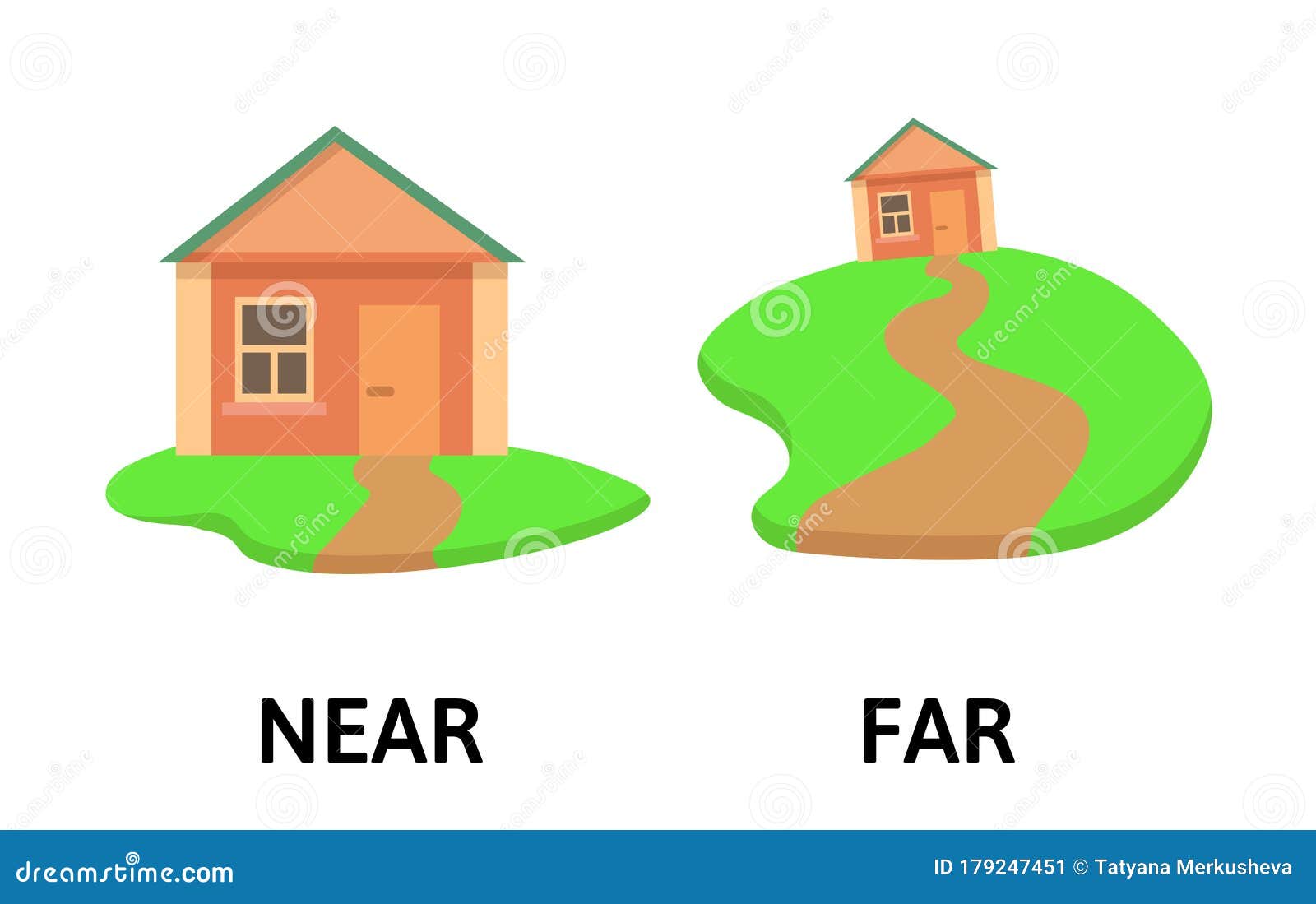Understanding Magnitude in Science: Definitions, Applications, and Real-World Impact
Introduction to Magnitude in Science
In scientific disciplines, magnitude is a foundational concept that enables researchers, students, and professionals to quantify and compare the size or amount of various measurable phenomena. Whether you are studying physics, mathematics, or earth sciences, understanding magnitude is essential for interpreting data, performing calculations, and making informed decisions. This article explores the meaning, significance, and practical uses of magnitude in science, providing actionable steps to apply this concept in real-world contexts.

Source: mometrix.com
What Is Magnitude? Core Definitions Explained
At its core,
magnitude
refers to the
numerical value or size of a physical quantity
. It is the measurement of how much of something exists, without regard to direction
[1]
. For example, when discussing the magnitude of a force, we refer to its strength (e.g., 10 newtons), while the direction of that force is a different attribute.
Magnitude applies to both scalar and vector quantities:
- Scalar quantities have only magnitude (e.g., mass, temperature, energy, distance).
- Vector quantities have both magnitude and direction (e.g., velocity, displacement, force). The magnitude of a vector is its length or size, while its direction is specified separately [2] .
In mathematics, the magnitude of a number is its
absolute value
, representing its distance from zero on the number line, regardless of sign. For example, both -5 and 5 have a magnitude of 5
[4]
.
Magnitude in Physics: Practical Significance
In physics, magnitude allows scientists to quantify and compare phenomena. It is used to express the size, amount, or strength of physical properties and events. For example:
- Magnitude of Force: How strong is a push or pull, measured in newtons.
- Magnitude of Displacement: How far an object has moved, measured in meters.
- Magnitude of Speed: The rate at which an object moves, measured in meters per second.
For vectors, magnitude can be calculated using mathematical formulas, such as the Pythagorean theorem for two-dimensional vectors:
\[
|\vec{A}| = \sqrt{A_x^2 + A_y^2}
\]
Here,
|A|
is the magnitude of vector A with components Ax and Ay.
Magnitude in Mathematics: Absolute Value and Norms
In mathematics,
magnitude
is often synonymous with
absolute value
for numbers or
norm
for vectors. The absolute value of a number expresses its size without regard for sign. For example:
|-12| = 12
For vectors in two or three dimensions, the
Euclidean norm
gives the ‘length’ or magnitude of the vector:
\[
|\vec{v}| = \sqrt{v_1^2 + v_2^2 + ... + v_n^2}
\]This concept is widely used in engineering, computer science, and statistics for calculating distances and analyzing data [3] .
Magnitude in Earth Sciences: Earthquakes and Beyond
One of the most familiar uses of magnitude in science is in measuring
earthquakes
. The
magnitude of an earthquake
quantifies the amount of energy released at the source and is recorded using scales such as the Richter scale or the moment magnitude scale. Each increase by one unit on these scales represents a tenfold increase in measured amplitude and approximately 32 times more energy release
[1]
.
For example, an earthquake with a magnitude of 6.3 is significantly stronger than one with a magnitude of 5.3. The magnitude is a single value for each event, while the intensity of shaking can vary by location.
How to Apply Magnitude in Scientific Research and Daily Life
Understanding and calculating magnitude is not limited to academic pursuits. It has practical applications in various fields and everyday problem-solving. Here are detailed steps and examples:
1. Quantifying Measurements
Whenever you measure something-whether it’s the length of a table, the temperature outside, or the speed of a car-you are determining its magnitude. To do this accurately:
- Identify the physical quantity (e.g., length, mass, force).
- Select the appropriate unit (e.g., meters, kilograms, newtons).
- Use a precise instrument or method for measurement.
- Record the magnitude as a positive real number, specifying the unit.
Example: Measuring the temperature of a liquid with a thermometer and recording it as 25°C, where 25 is the magnitude.
2. Calculating Vector Magnitudes
In physics and engineering, vectors often describe motion, forces, or fields. To find the magnitude of a vector:
- Break the vector into its components (e.g., x, y, and z axes).
- Apply the appropriate formula, such as the Pythagorean theorem for two or three dimensions.
- Interpret the result as the ‘size’ or ‘strength’ of the quantity.
Example: If an object moves 3 meters east and 4 meters north, the magnitude of its displacement is √(3² + 4²) = 5 meters.
3. Comparing Magnitudes: Making Informed Decisions
Understanding magnitude allows for meaningful comparisons between quantities. For example, engineers may compare the magnitudes of different forces acting on a bridge to ensure safety, or environmental scientists may compare earthquake magnitudes to assess risk and plan for emergencies.
To do this:
- List the magnitudes of each relevant quantity.
- Compare the sizes to identify the largest, smallest, or most significant values.
- Use the results to inform design choices, safety measures, or resource allocation.
Challenges and Alternative Approaches
While the concept of magnitude is straightforward, challenges may arise:
- Unit Consistency: Always ensure that you are comparing magnitudes measured in the same units (e.g., meters vs. kilometers).
- Vector Direction: Remember that vectors require both magnitude and direction for full description; focusing only on magnitude may overlook important aspects of the phenomenon.
- Measurement Precision: The accuracy of magnitude depends on the quality and precision of measuring instruments.
Alternative approaches for more complex cases include using statistical measures (such as mean magnitude in datasets), or logarithmic scales for phenomena with wide value ranges, as with earthquake magnitude scales.
Key Takeaways and Next Steps
Understanding magnitude is crucial for scientific measurement, comparison, and analysis. You can apply this knowledge by:

Source: cbc.ca
- Practicing measuring and calculating magnitudes in various contexts (e.g., home experiments, school projects).
- Familiarizing yourself with scientific units and conversion methods.
- Reviewing examples in textbooks and scientific articles for context-specific applications.
For more advanced study, consider exploring resources from educational platforms or official scientific agencies. If you are seeking specific guidance, you can search for terms like “magnitude in physics,” “vector magnitude calculation,” or “earthquake magnitude scales” on established educational websites or consult with science educators at your local academic institution.



